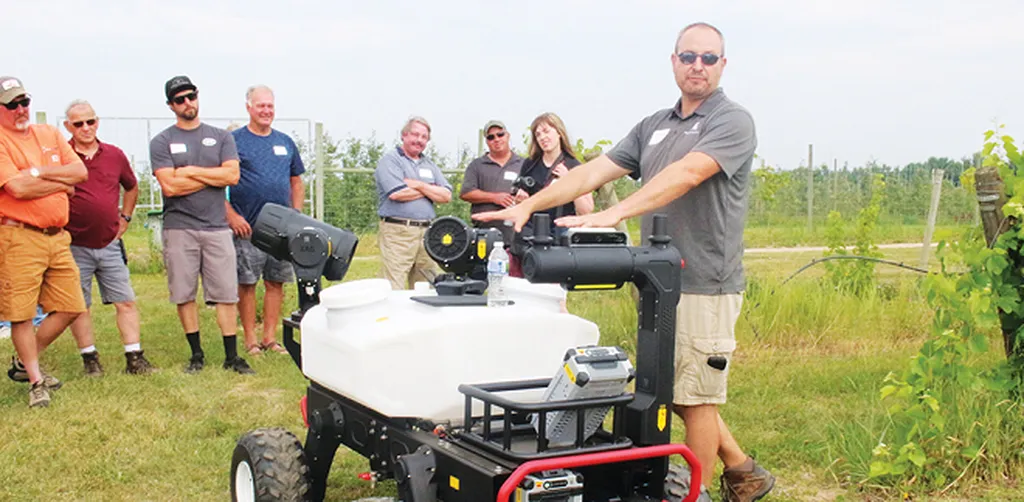In the ongoing battle against invasive pest species, a team of researchers led by F. Chiabrando from the Politecnico di Torino has developed a novel approach that could revolutionize pest management in vineyards. By integrating unmanned aerial systems (UAS), computer vision, and artificial intelligence, they’ve created a framework that promises to make monitoring and controlling invasive insects more efficient and targeted.
The Japanese beetle, Popillia japonica Newman, first detected in northern Italy in 2014, has become a significant threat to viticulture. These beetles feed on the leaves, fruits, and flowers of over 300 plant species, causing substantial economic damage. Traditional monitoring methods, which involve manual field surveys, are time-consuming and often lack the spatial coverage needed for effective pest management.
The research, published in ‘The International Archives of the Photogrammetry, Remote Sensing and Spatial Information Sciences’, presents a UAV-based monitoring system that uses near-infrared (NIR) imaging and machine learning algorithms to detect adult Japanese beetles in vineyards. “Our system significantly reduces survey time and human exposure to agrochemicals,” Chiabrando explains. “It supports precision pest management at scale, which is a game-changer for the agriculture sector.”
The researchers conducted field experiments in two commercial vineyards in northern Italy during the beetle’s summer flight season. They developed a standardized aerial data acquisition protocol using lightweight multispectral sensors mounted on rotary-wing UAV platforms. The detected insect signatures were then processed through a custom computer vision pipeline and validated through manual counts on the ground.
The results were promising, with a strong correlation between computer vision-derived detections and manual observations. Pearson correlation coefficients ranged from 0.89 to 0.96, indicating high accuracy. Although the system slightly overestimated insect counts under certain canopy conditions, it enabled the near real-time generation of prescription maps. These maps guided site-specific drone spraying treatments, applying insecticides only in hotspot areas where infestation thresholds were exceeded.
This innovative approach could have significant commercial impacts for the agriculture sector. By enabling targeted pest management, it can reduce the use of agrochemicals, lower costs, and minimize environmental impact. Moreover, it can help prevent yield losses and maintain the quality of agricultural products, which is crucial for the economic viability of farms.
The methodology offers a promising framework for integrating remote sensing, AI, and entomological validation. It has broader applications for managing invasive species in precision agriculture contexts, shaping future developments in the field. As Chiabrando puts it, “This is just the beginning. The potential for this technology to transform pest management is immense.”
In the face of increasing global trade and climate change, which accelerate the spread of invasive pest species, such technological advancements are not just innovative; they are necessary. They offer hope for a future where agriculture can be more sustainable, efficient, and resilient.

